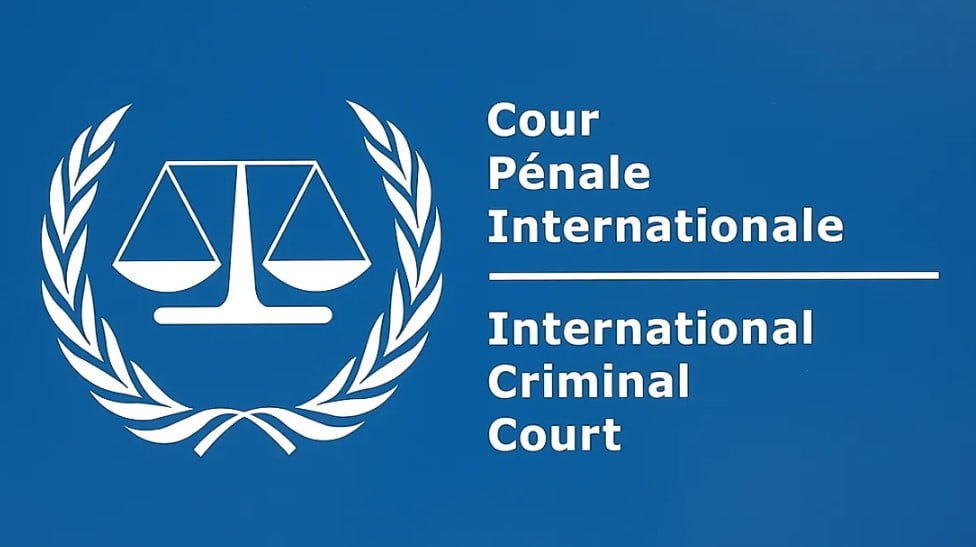To the Office of the Prosecutor,
The Committee to Protect Journalists (CPJ), an independent, nonprofit organization that promotes press freedom worldwide, has long campaigned for justice in the cases of murdered journalists. From 2011 to 2021, no one has been held to account in 81 percent of the journalist murders worldwide, according to CPJ research. This widespread failure of governments around the world to hold the perpetrators of attacks against journalists to account is a key factor undermining global press freedom.
Given the need for credible investigations and justice as a deterrent in journalist killings, CPJ strongly supports the submission by the family of photojournalist Danish Siddiqui calling for a formal investigation into the circumstances of his death by the International Criminal Court.
Siddiqui was killed on July 16, 2021, in the Spin Boldak district of Afghanistan’s Kandahar province, while covering the conflict there with the news agency Reuters. On March 22, 2022, Siddiqui’s family filed a petition with the ICC against several senior Taliban leaders and calling for an investigation to identify those who carried out the killing. The family’s submission presents a compelling set of facts that, as described in the petition, concern “the attack on, torture, and unlawful killing of war correspondent, Mr. Danish Siddiqui.” CPJ urges the ICC to act on this petition in order to seek justice for Siddiqui’s family.
An ICC investigation into this case and the search for justice is especially important considering the conditions in Afghanistan, where human rights are suffering a massive reversal. In CPJ’s 2021 impunity rankings, which measure the countries where the killers of journalists most often go free, Afghanistan ranked fifth. There is now little prospect that the 17 journalists murdered for their work in the last 10 years will see even a semblance of justice in an Afghan court.
Since the Taliban took control, CPJ has documented a steady increase in a range of attacks on journalists who are simply reporting the news, including arbitrary detentions and sometimes severe physical abuse. In an extremely worrisome trend, increasingly, attacks on journalists are perpetrated by the Taliban General Directorate of Intelligence, as CPJ has documented.
The launch of an ICC investigation into Siddiqui’s death would serve as an unmistakable signal that journalists should not be targeted, and the deadly silencing of their reporting will not be tolerated by the international community.
Thank you for your attention to this matter.
Sincerely,
Robert Mahoney
Executive Director
Committee to Protect Journalists


